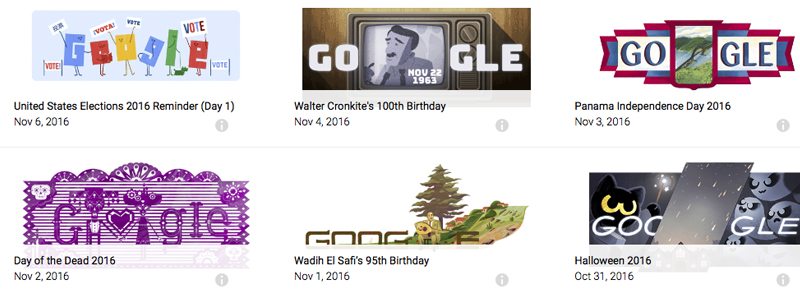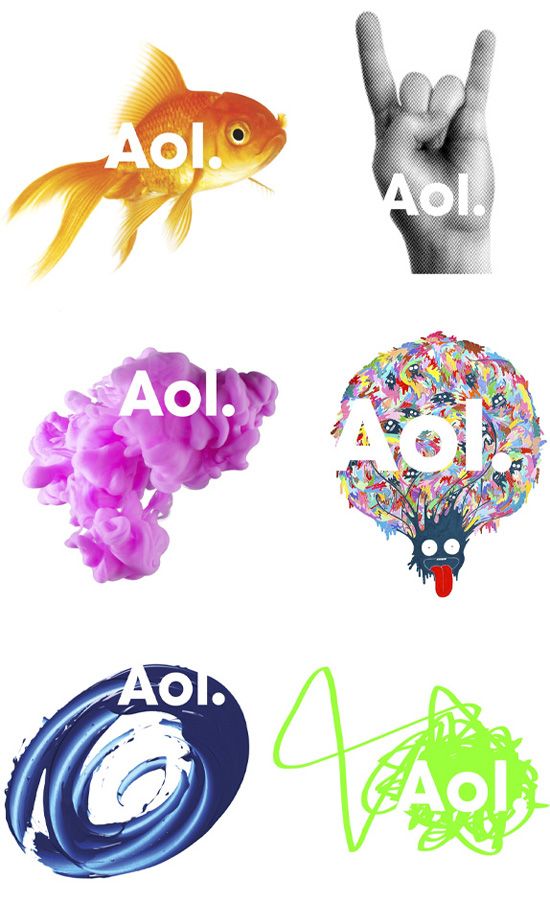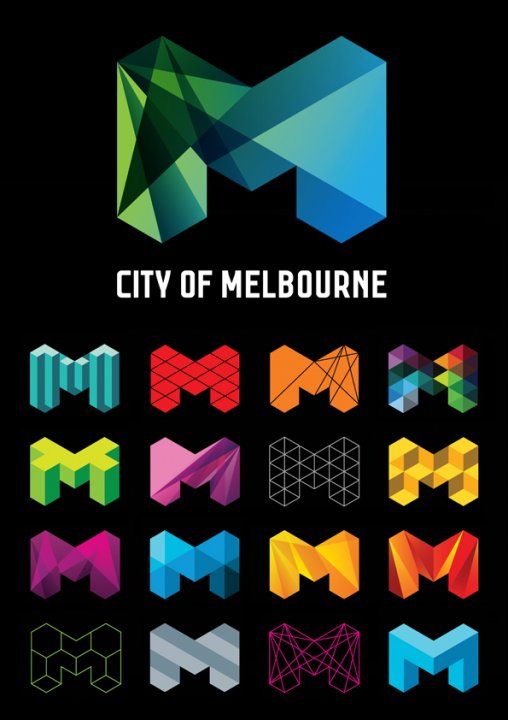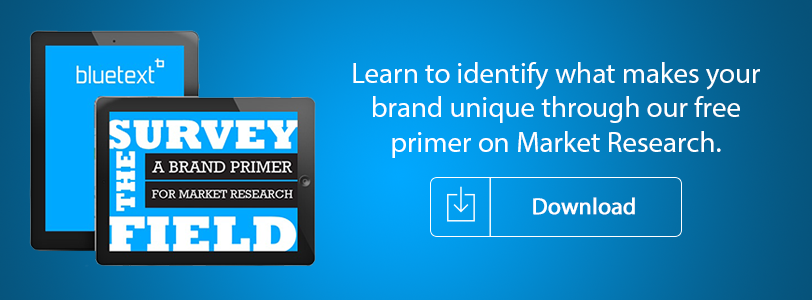A dynamic logo is a company mark that is malleable and constantly changing while maintaining its overall look and feel. Logos were once thought of as a permanent visual representation of a company, but in the ever-changing digital world that is no longer the case. Here is what you need to know about dynamic logos.

Logos are no longer static and evolve with the brand. The company mark is now transformative and many companies, such as Google, have begun consistently changing the display of their mark. The challenge is to maintain a consistent visual identity in the logo so the brand is still recognizable to consumers. This involves certain visuals of the logo to remain locked, while other elements are consistently inconsistent.

Many well-known companies have enlisted the aid of top branding agencies to shift towards dynamic logos, include AOL, MTV, and Seagate. A step further would be an animated logo that is responsive to the consumer. One such logo is the mark of Brazilian communications company, Oi. The company’s type is the fixed visual while splashs of color that shapeshift to the consumer’s voice is infinitely dynamic. With such a dynamic logo taken to the next level, there are now endless versions of the company’s mark unique to its consumers.

A dynamic logo allows a company to shape the consumer’s experience with its brand. By using these types of brand logos, companies have the fluidity to customize their mark for any occasion and engage their consumers.

Looking for best in class branding agency services or comprehensive and innovative digital marketing? Contact us.
A logo is a central part of a company’s brand. It’s the first thing customers see, and what they learn to recognize as a short-cut to your brand values. And it needs to convey a strong message about what you stand for, and how you work with your customers. Choosing the right logo can make a big difference. Refreshing your current logo might be even more crucial.
Here are five reasons why companies refresh their logos:
Hindrances. As a company evolves and grows, its products and services will change in tangent. A logo from its past may now risk pigeon-holing and hinder the company’s growth. A company’s original logo may include words describing its offerings. As its product and services expand a logo refresh would be needed to accurately represent its growth.
Modernization. Overtime logo images that were once fashionable can become considerably outdated. Sleek, minimalistic logos are the trend today and many companies find the need to adjust their logo to appeal to today’s audience and stay relevant in the market.
Renaming. When a company changes its name, its original logo may no longer be relevant and a logo refresh is due. This is especially true for companies where their original logo was a literal representation of its original name.
Digitization. As the world grows increasingly digital companies now need to take into consideration how their logo renders on different screen widths and other mediums on the web. Old logos did not take responsiveness into consideration and must redesign and refresh to adapt in the digital age.
Acquisitions. When two companies become one, the company name may change and their logo as well. An acquisition instantly expands a company’s products or service and their original logo may no longer be an accurate representation of the new company.
Since a company’s logo is such a close depiction of a company, a major change in any area of its business will affect its single most important visual representation. A logo refresh aligns a company with its core values and ultimately its consumers.
Looking for best in class digital marketing? Contact us.
Uber just killed off the most recognizable U on the planet. Unlike the black and white U that has emblazoned itself in the minds of millions of Uber users around the world – including myself – the new logo bears no obvious relationship to the company name.
We all know that Uber isn’t alone in leaving a loyal customer base dumbfounded – if not outright offended – by such a seemingly misguided departure from one of the most sought after icons in the world. Over the past couple of years, we have seen AOL, GAP, Pepsi, Tropicana and even Apple be indicted for similar blunders.
The most recent of these was Spotify’s stealth attempt to brighten the tone of its green that literally drove its most devoted users berserk to the extent that some even thought there was something actually wrong with their phones. What Spotify learned from this is that it was not simply about the color or even that the company changed the color, but more that it did so without clear communication to its community of users – and more importantly – not involving them in the design process.
While we can only assume that Spotify learned something about branding through this process – it appears abundantly clear by our near unanimous and collective disaffection with its head scratching visual analogy of “bits & atoms” – that Uber CEO Travis Kalanick did not. While the dust is still settling – what’s also become clear is that he simply refused to entrust the rebranding process to anyone else – and in his attempt to use “bits & atoms” to bring out the human side of the brand in contrast to the starkness of the monochrome U – he has managed to strip its personality altogether – leaving us cold and disconnected from a brand that is suddenly as abstract as it is unfamiliar.
David Shantz sums up the problem perfectly in a comment he left on this VentureBeat article:
“When building a brand – and the visual identity around that brand – the most important audience is the audience. The millions of people who will use Uber day by day. As a semi-regular Uber user, the output of this imaginative and time-consuming re-branding exercise totally leaves me cold. I don’t see or feel anything “Uber” in the logo. I don’t know what I’m looking at.”
At Bluetext, we preach brand simplification – if you have to launch into a detailed explanation of the logo – you have already failed. We strive to create an icon that is instantly recognizable and just as quickly evokes an emotional connection with the brand – through the lens of the customer. To that extent – I have to say that I do love the bolder look of Uber’s new wordmark.
But let’s flash forward three years from now – is it possible that we could look back on this and declare Kalanick a genius by identifying the perfect inflection point in consumer branding which signaled that no one really cares about the logo anymore? A future where people are more interested in what a brand can do for them than how it makes them feel when they see it?
The most powerful thing Uber has going for it that might actually fulfill that prophecy is the sheer might of its social brand platform – its ability invite participation and create value by reinventing itself and its usefulness in authentic and relevant ways is uniquely rare and clearly absent from brands that fail to impose their will to evolve without a strong social foundation.
At the end of the day – will any of us really care what their icon looks like next time we stumble out of our favorite restaurant and order up an Uber Black?
Probably not…
